Beautified China
The History
Do you remember a good decade ago, when every architecture related website posted proposal after proposal on iconic architecture to be build in China? All the starchitects were planning to build their bold designs.
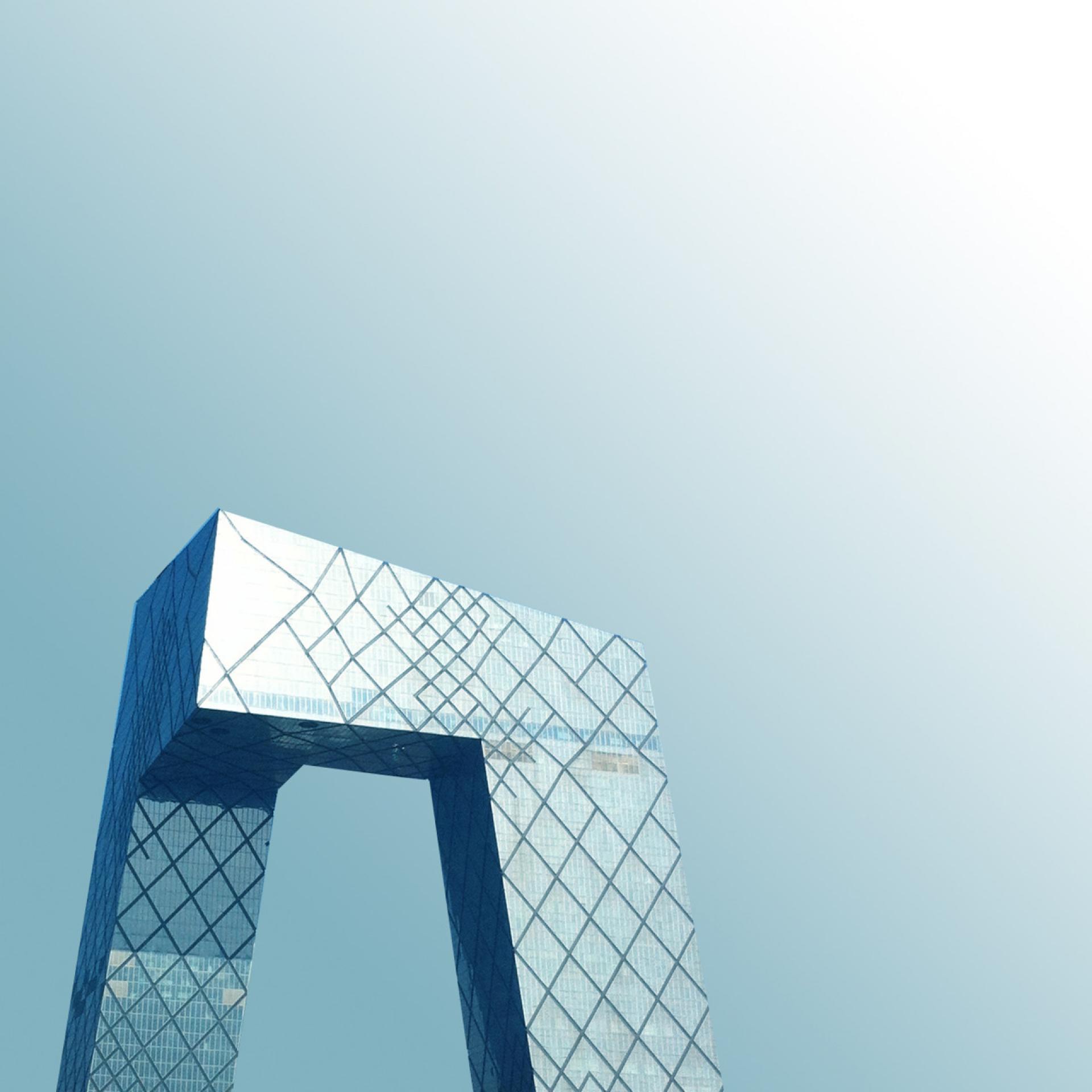
CCTV by OMA | Rem Koolhaas and Ole Scheeren Beijing (2010): A true marvel in terms of architecture and engineering is looming over the Beijing CBD. The striking shape is different from every angle. Nowadays it is over towered by a bunch of new skyscrapers.The designed public loop is still not open for visitors, making it impossible for people to walk into this building. Sad.
There was a time when every Chinese city was vying for a Zaha. This would guarantee the city to become a dot on the map. Not necessarily the known Bilbao effect, a bit more toned down version of that. But it would give the city a raison d’être. Now 10 years later, some of this iconic architecture is build. Lets have a look at how all of this turned out.
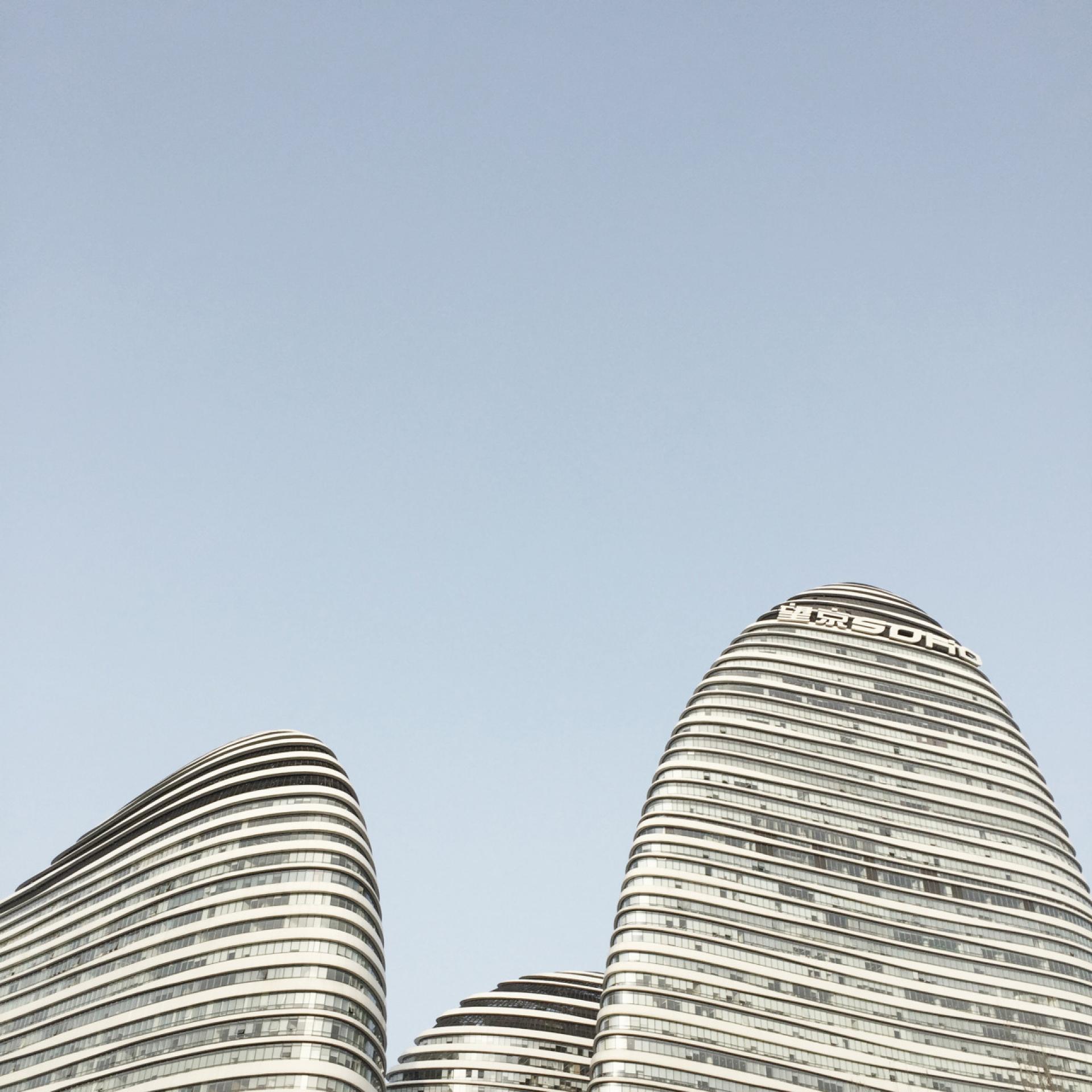
Wangjing SOHO | Zaha Hadid Architects Beijing (2016): One of the 3 built SOHO China projects done by ZHA. This one is located outside Beijing City Centre. It rises above its neighbors marking a new center. A sort of city welcome coming from the airport. Looking closer, the retail part is highly unsuccessful. Standard tiny shops fill the lower levels. A fault of the business plan.
The Series
This iconic architecture aims to stand out for sure. However, the reality shows differently. Sometimes squeezed between generic high-rises, sometimes not noticeable at all due to smog. At times, the architecture is planned as a centerpiece for a new city, or a new planned extension of the city. With little to work with for context analysis architects have a sort of free play, with manipulatable restrictions.
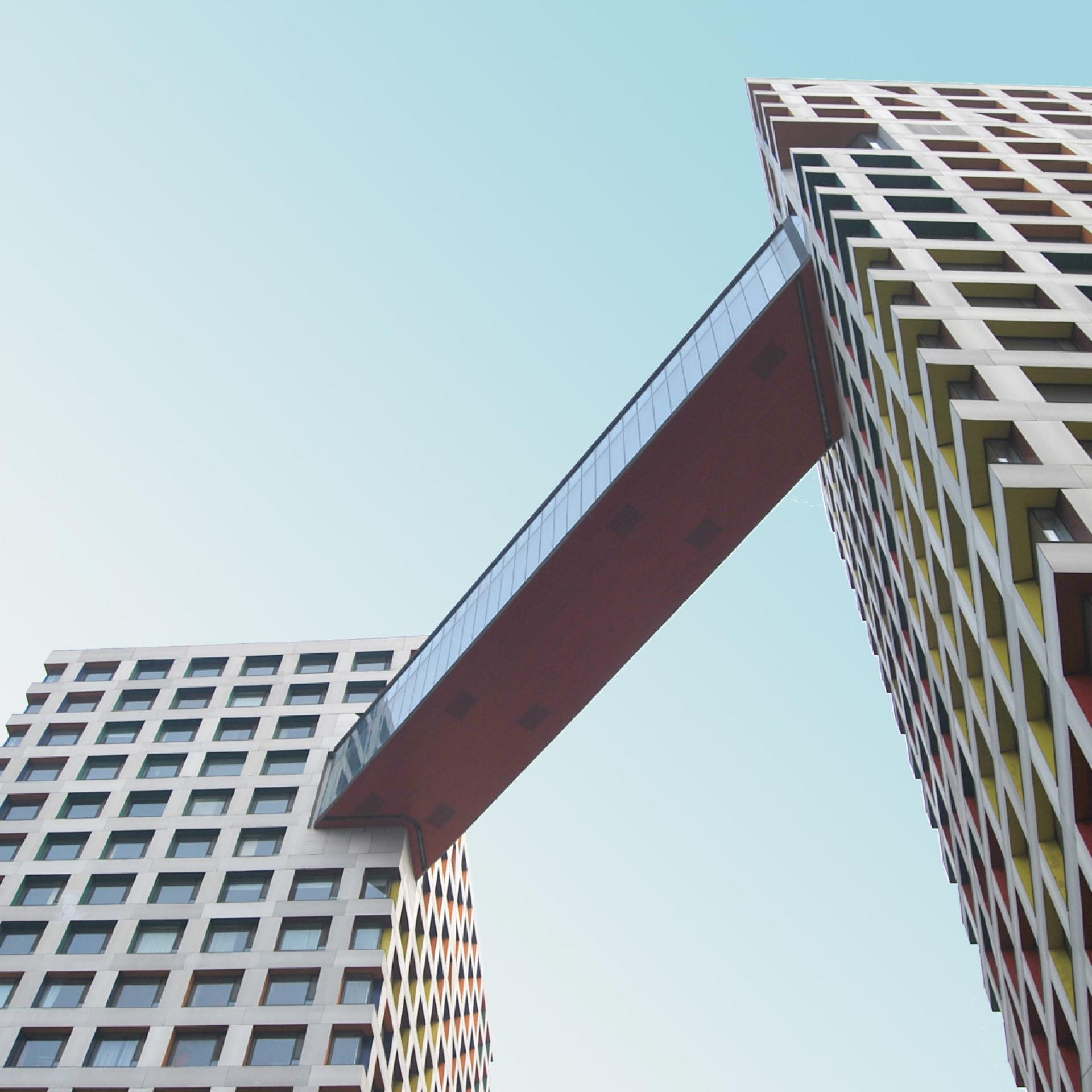
Linked Hybrid | Steven Holl Architects Beijing (2011): A housing development in Beijing. Homogenous scale as is typical in China. The color makes it fit right in the usually grey smog sky. The bridge allows for interesting vantage points. Concept is great, reality is different. The bridge is barely used, resulting in empty swimming pools and oversized exhibition spaces.
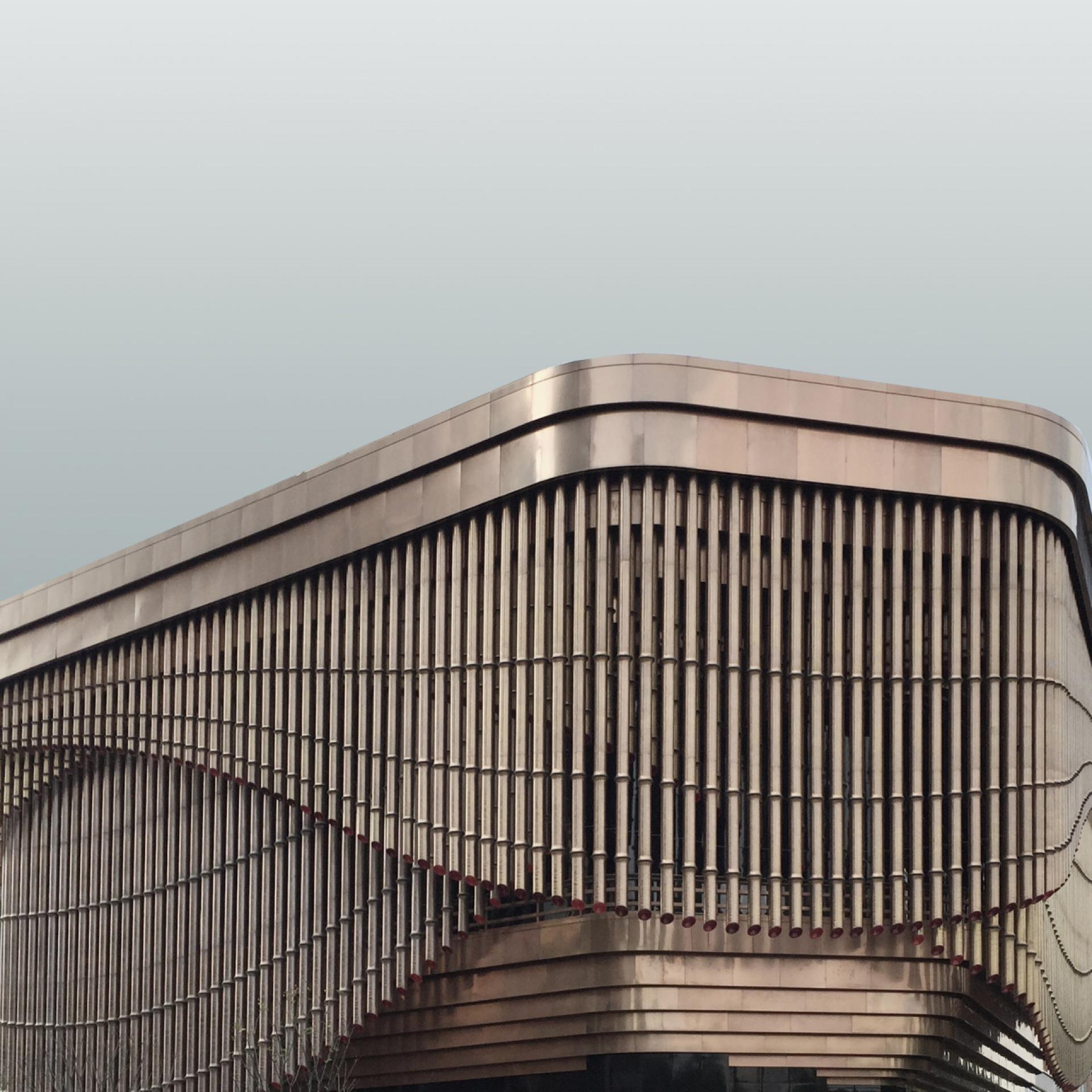
Bund International Finance Center and Theater | Heatherwick Shanghai (2016): The newest kid on the block. This theater is part of a larger scale development designed by Foster + Partners. Recently finished and taken in use. Important development along the Huangpu river, the main river in Shanghai. The materiality fits well in China, overdecorated in bronze, just what the Chinese like.

Bund SOHO | gmp Architekten Shanghai (2016): The bookend of the classic European style buildings. Newly developed quarter housing offices and co-working spaces. No retail this time for SOHO China and that’s a wise decision. Excellent address on your business card. Quiet space in the otherwise bustling part of time. Amazing view of the Pudong Skyline from the terraces.
This series of photographs takes the context away, so all that is left is an object. A purified object. Is it still architecture, or should it rather be seen as oversized product? This is an attempt at a Beautified China. A chance to get a status update of what exactly came from this.
The Status Now
Most starchitects had their chance to build, or to fulfill their wildest dreams. Some of them became landmarks: CCTV headquarters by Rem Koolhaas and Ole Scheeren or the Bird’s Nest (National Stadium) by Herzog and de Meuron for example. Others have turned a suburb into a new center, or have established a new city on its own.

National Stadium | Herzog & de Meuron Beijing (2016): In the spotlight during the two weeks of Olympics. After that the stadium hasn’t seen much use to the level it was designed for. The occasional football match during the summer Asia tours of the European Football Club and snow park during the winter month. Completely falling in despair, living up to the Olympics faith as we have seen in many other organizing.
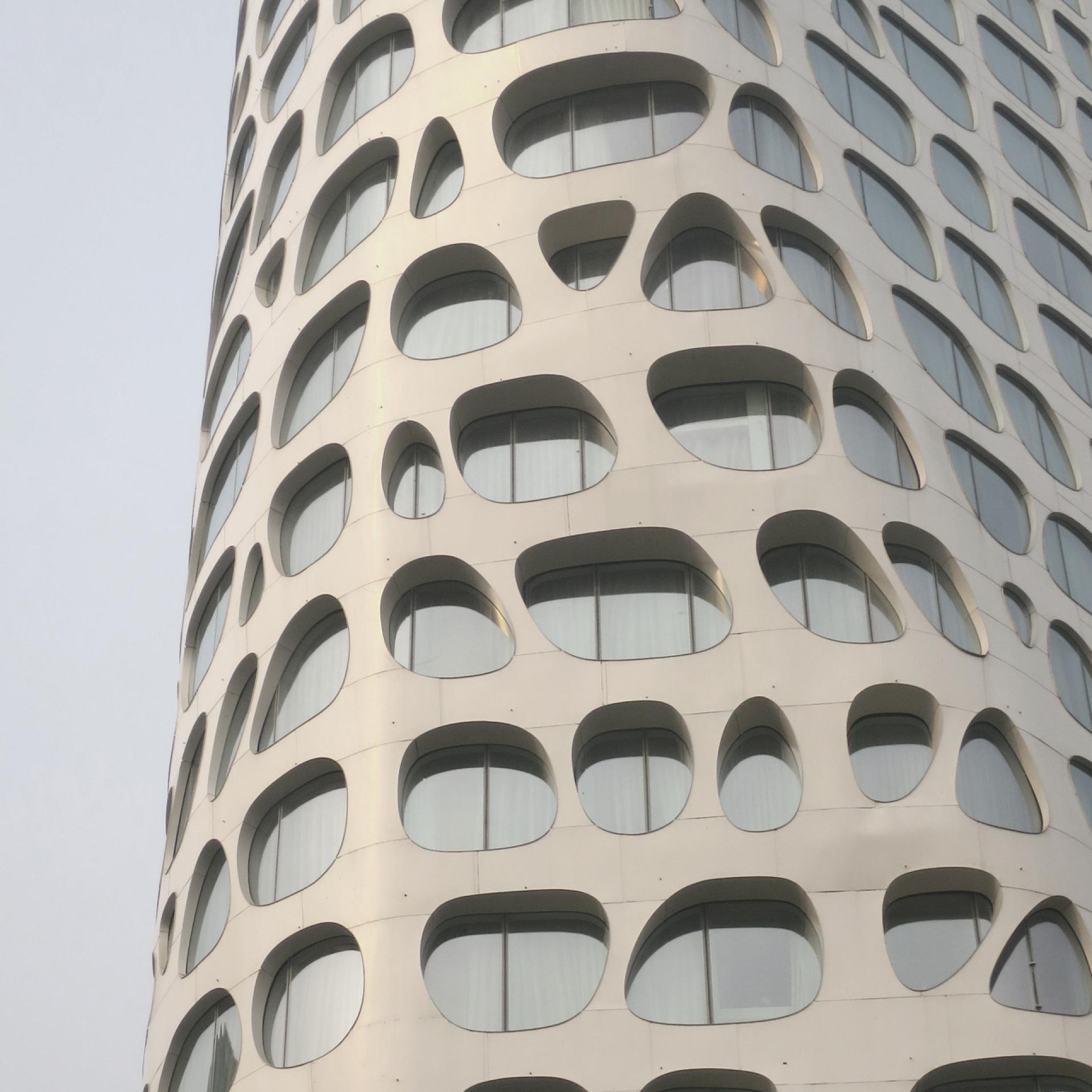
Conrad Hotel | MAD Architects Beijing (2016): Usually draped into smog, this organic facade surely stands out along the 3rd ring road in Beijing. Fully in use by the hotel operator. The building is not a typical generic building as its neighbors. Once you see it, you will remember for long time to come.

Galaxy SOHO | Zaha Hadid Architects Beijing (2016): The first SOHO project for ZHA. Excellent location within close proximity to the forbidden city. A true blob within a rigid system. Same issue as with Wangjing SOHO, rundown retail shops within a high-class architectural piece of work. Attracts lots of people. There for work or shopping or to admire the architecture? Unsure.
The iconic architecture evokes a lot of controversy (China’s Chairman Xi Jingping even called out cities to allow no more weird architecture to be build. But what is defined as weird architecture mr. Xi?) on shape or price or location. One thing is for sure, iconic architecture starts discussions and creates memories. And isn’t that what the whole intention was? Nowadays architects or visitors in general know better where that new Steven Holl or Zaha Hadid is in a city than where that ancient temple is located. Is this success or superficiality?

OCT Pavilion | Jurgen Mayer Shenzhen (2014)
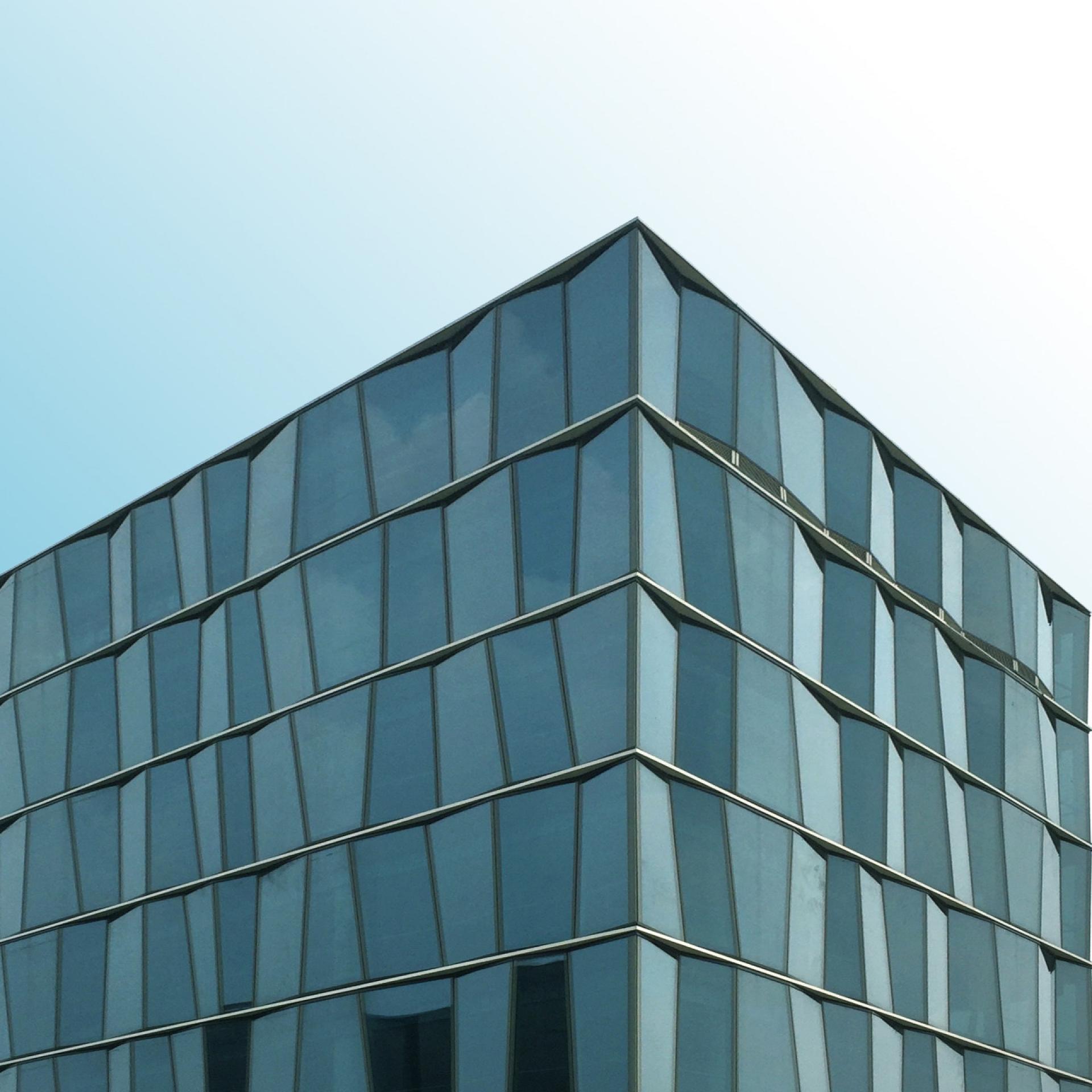
Novartis Campus | standardarchitecture and Zhang Ke Shanghai (2016)

Run Run Shaw Creative Center | Daniel Libeskind Hong Kong (2016)
The Background
My journey started in 2010, the year Shanghai was showing the world how things are done during the 2010 World Expo. I had just graduated as an architect. Good time to go see all these iconic structure, I thought. I started exploring China as an architect rookie, now 7 years later I am still exploring and experiencing new things.
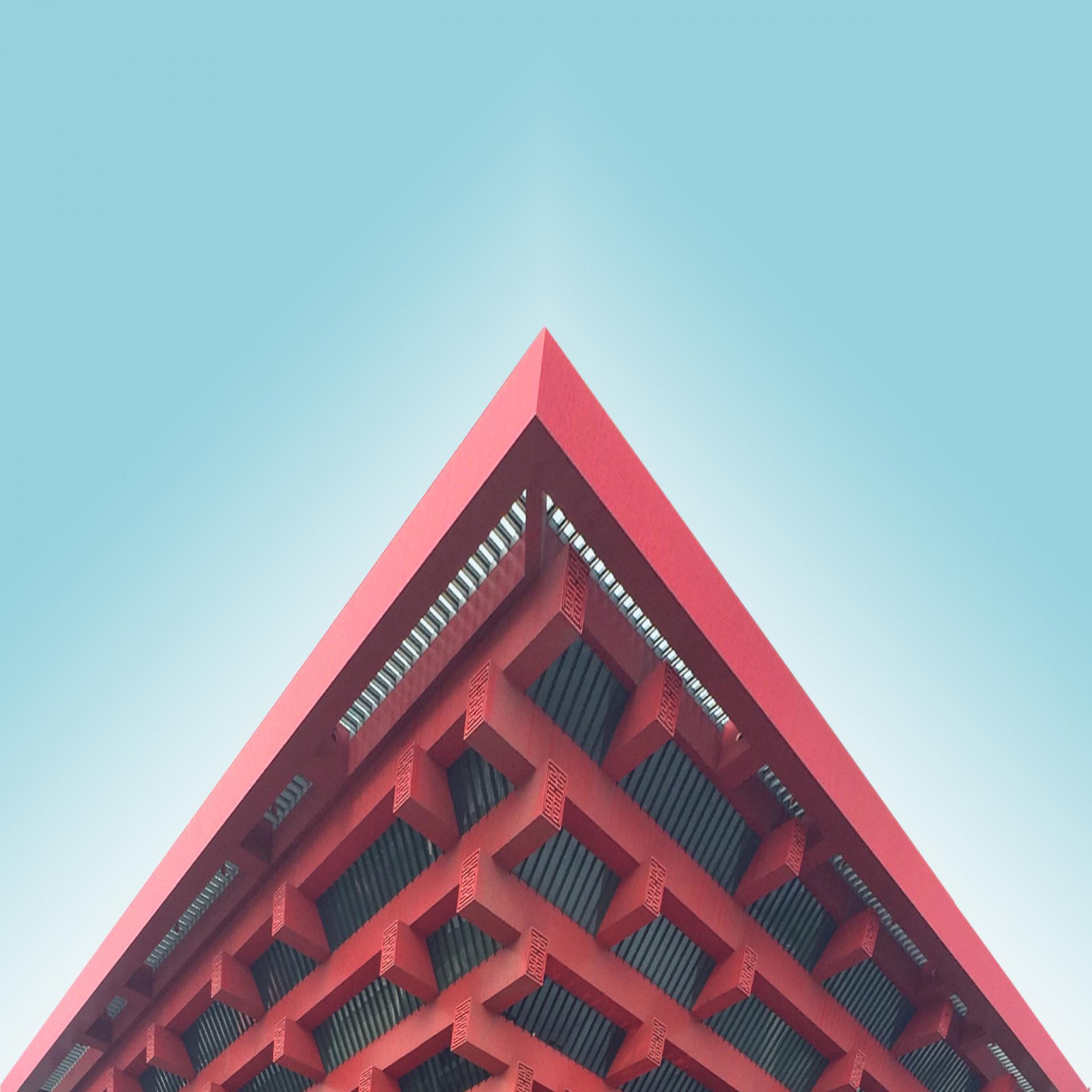
China Pavilion Expo 2010 and China Art Museum | Jing Tang Shanghai (2015): Highest and largest pavilion at the time during the Expo. Placed along the main axis is visible from far and will remember the time Shanghai showed the world how to organize a proper World Expo. Nowadays transformed into the China Art Museum attracting lots of people. More worth the money than all other country pavilions?
While year one of this journey was spent searching for these icons, understanding not more than what was there right in front of me. Years later, a deeper understanding was developed and allowed me to better understand why things were done the way they were. What created success, what was a recipe for disaster?

Shanghai Tower | Gensler Shanghai (2016): Finished during 2016 represents a crown jewel of Shanghai and extension China to the outside world. It stand proud rising higher than life. Due to its curvature, the sun is always creating a shiny point making the tower always crisp and clean. Very successful design in terms of architecture and city image.
The seven years flew by, but I’m still as excited about going to new places or revisiting old places as that first day in the big capital Beijing. With the background of designing and building in China, I can explore the city on a deeper level.
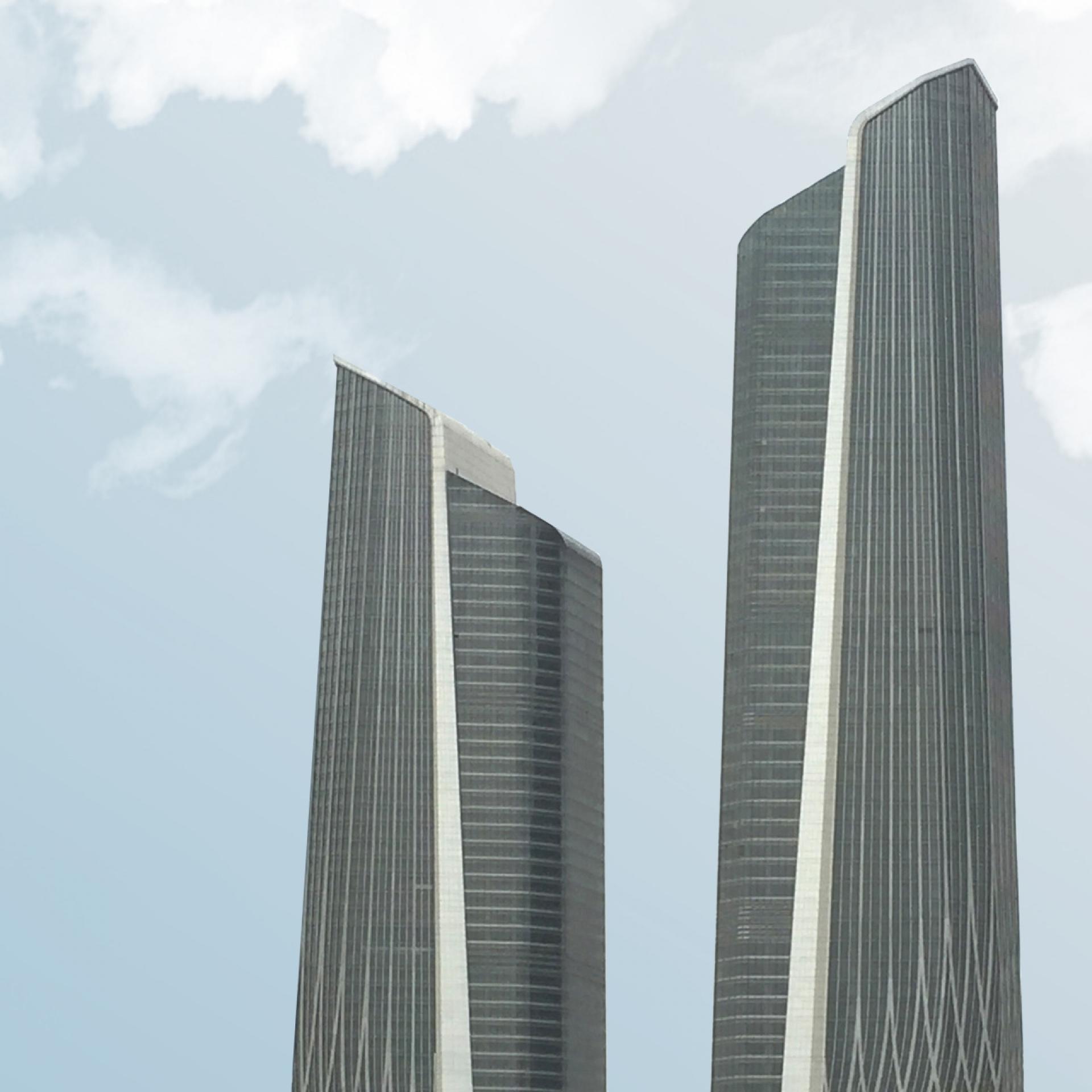
International Youth Centre | Zaha Hadid Architects Nanjing (2016): Placed within a new district in Nanjing, the former capital of the Chinese Empire. This development of two towers with a large theater is the center piece, nicely placed on the center axis. Wasn’t completely finished when visited in 2016.
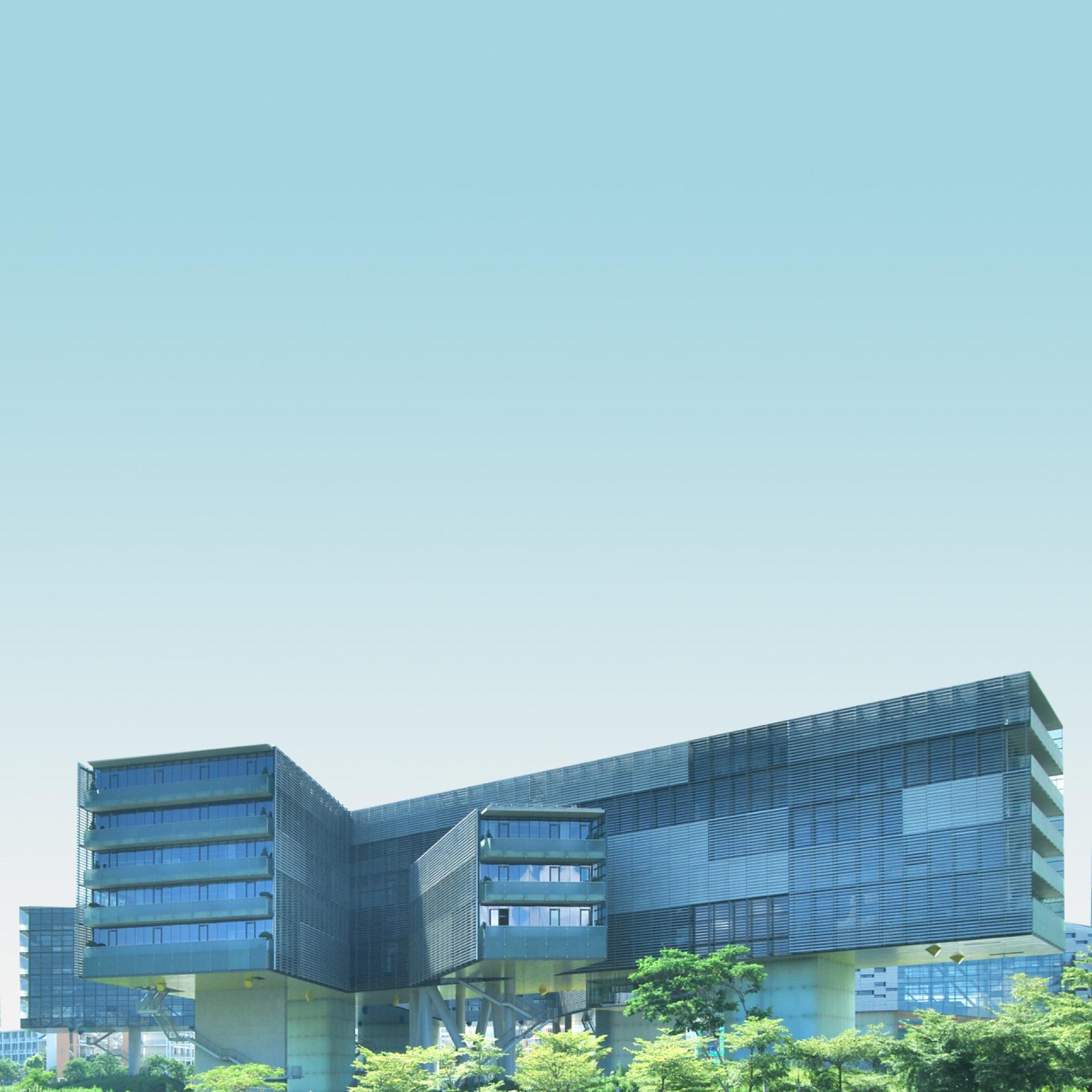
Horizontal Skyscraper | Steven Holl Architects Beijing (2014): I remember the great diagrams when published. Situated in the far outskirts of Shenzhen in a beautiful location. Rising of the green, this large structure creates great views.
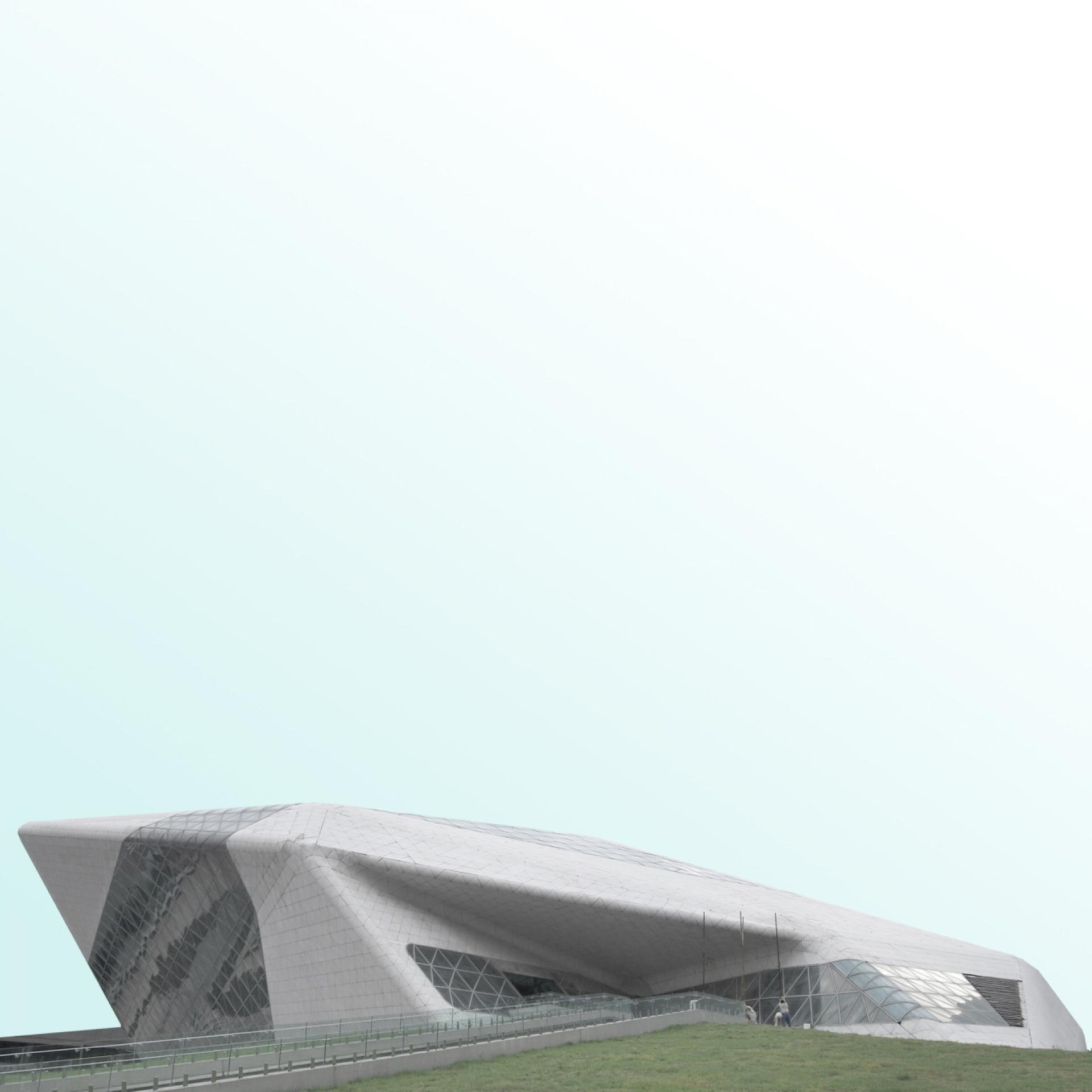
Guangzhou Opera House | Zaha Hadid Architects Guangzhou (2014): The first Zaha Hadid in China. The centerpiece of the new Guangzhou CBD. Plagued with some bad luck during construction it opened with a lot of excitement. Geometry too difficult at the time to built (opened in 2011). Nowadays fully in use, smaller spaces used for KFC. Only China can put a KFC in a Zaha?
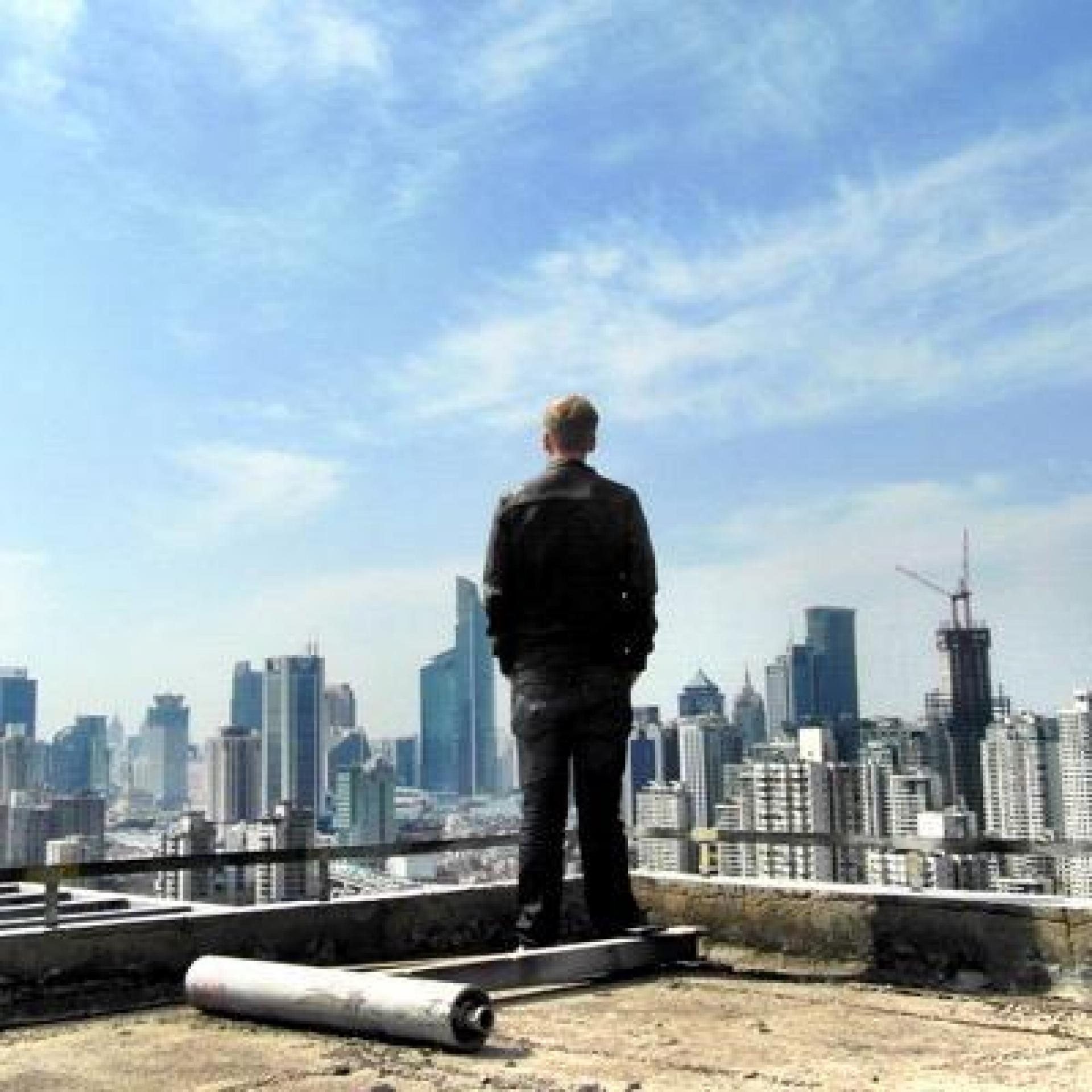
Kris Provoost is a Belgian architect who has been living and working in China for over six years. Besides criss-crossing the world he has worked for Zaha Hadid Architects, Ole Scheeren and gmp Architekten, contributing to some of the city defining developments. With a strong focus on Asia and its mega cities, he observes and compares through photo and video. Besides designing buildings, he creates videos as part of the #donotsettle project, an online video project created by Wahyu Pratomo and Kris Provoost about architecture and the way it is perceived by its users. His photos were published on Instagram.